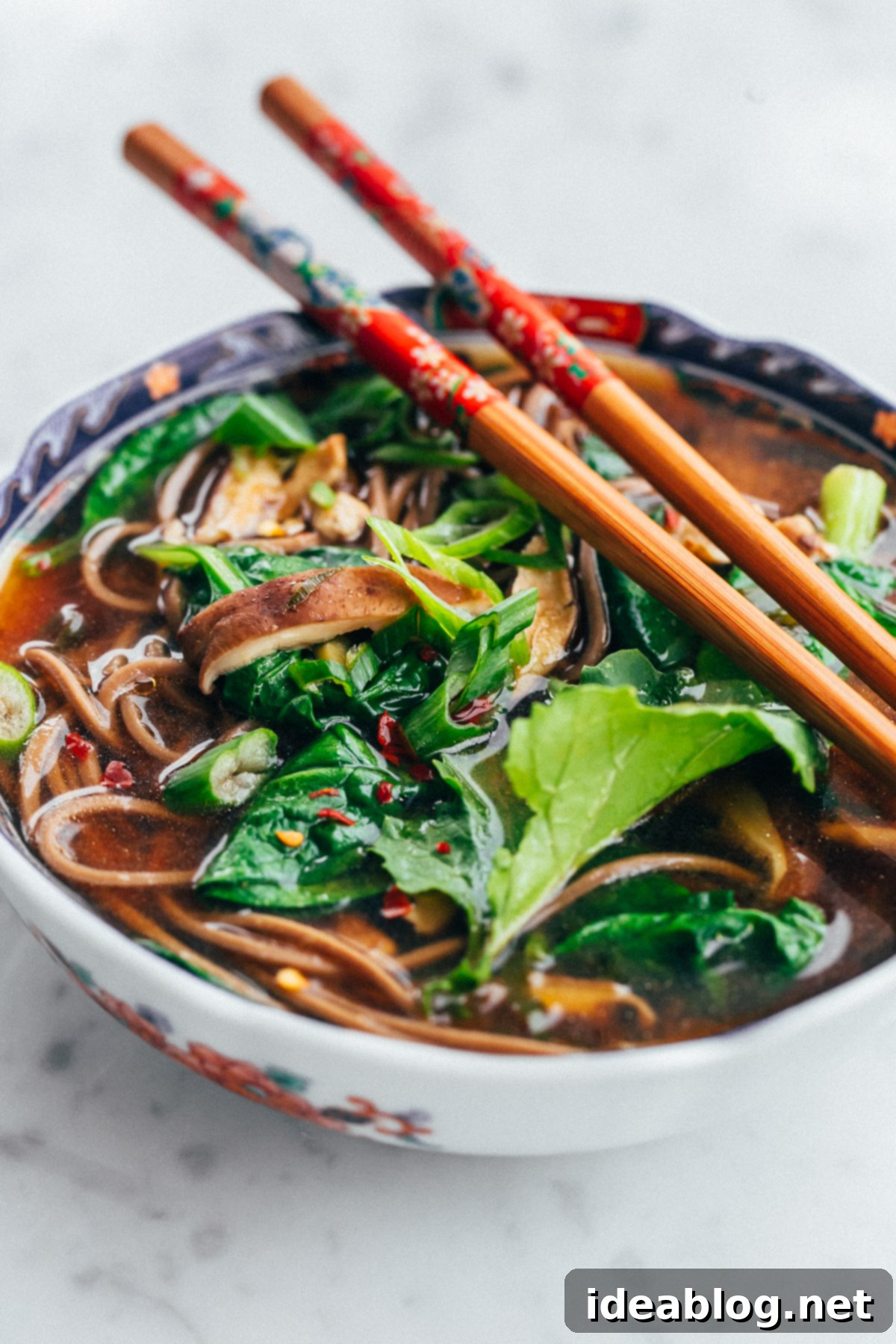Nourishing Shiitake and Spinach Miso Soup: An Easy Vegan Recipe Inspired by The Love & Lemons Cookbook
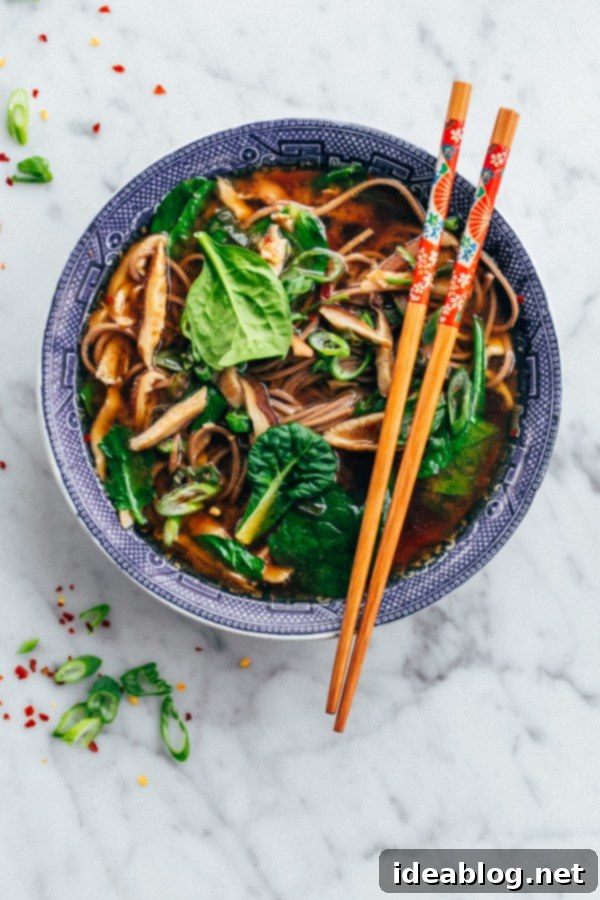
Celebrating Cookbook Season with The Love & Lemons Cookbook
It’s my absolute favorite time of the year, and no, I’m not talking about spring, even though I cherish that too. (Though a break from Chicago’s unpredictable snow-rain-wind mixture would be nice – Connor and I recently navigated a particularly memorable snow-freezing-rain-wind-tunnel on a grocery run!). What I’m truly excited about is cookbook season! This is when my talented internet friends release their stunning and incredibly inspiring culinary creations, filling our bookshelves and kitchens with fresh ideas.
Just last week, I shared a delightful recipe from my friend Andie Mitchell’s fantastic book, Eating in the Middle. This week, I’m absolutely thrilled to present a simple, elegant recipe from The Love & Lemons Cookbook, a masterpiece by the brilliant duo Jeanine Donofrio and Jack Mathews. I’ve been a devoted follower of their blog for years, admiring their creative approach to fresh, vibrant food. The anticipation for this book has been building ever since its announcement, and I’ve been eagerly waiting to get my hands on a copy.
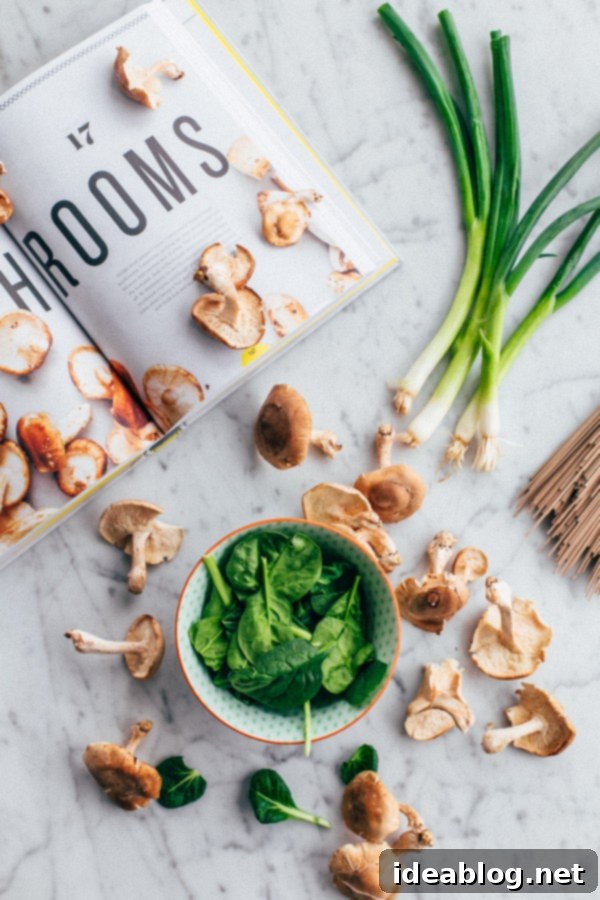
Jeanine and Jack’s Philosophy: Ingredient-Driven Cooking
What I’ve consistently adored and related to about Jeanine and Jack’s approach to cooking is their unwavering commitment to quality and seasonality. They advocate starting with the freshest, highest-quality local and seasonal ingredients you can find, building your meals from that foundation. This philosophy isn’t just a suggestion; it genuinely transforms the cooking experience and the final dish, elevating simple ingredients into something extraordinary. This emphasis on the inherent goodness of produce truly makes all the difference in flavor and nutrition.
The Love & Lemons Cookbook perfectly embodies this logic. It is, as the name charmingly suggests, an ‘apple-to-zucchini’ celebration of impromptu, ingredient-driven cooking. Every recipe in the book is vegetarian, and thoughtfully, each also includes helpful tips for making them gluten-free and vegan, catering to a wide array of dietary needs and preferences. While I’m not strictly vegetarian, as many of you know, a significant portion of my cooking leans towards plant-based meals. I simply find immense joy, creativity, and incredible flavor in preparing dishes this way. This cookbook, with its vibrant imagery and accessible recipes, is an essential addition to any kitchen, regardless of dietary preferences, inspiring healthier and more mindful eating.
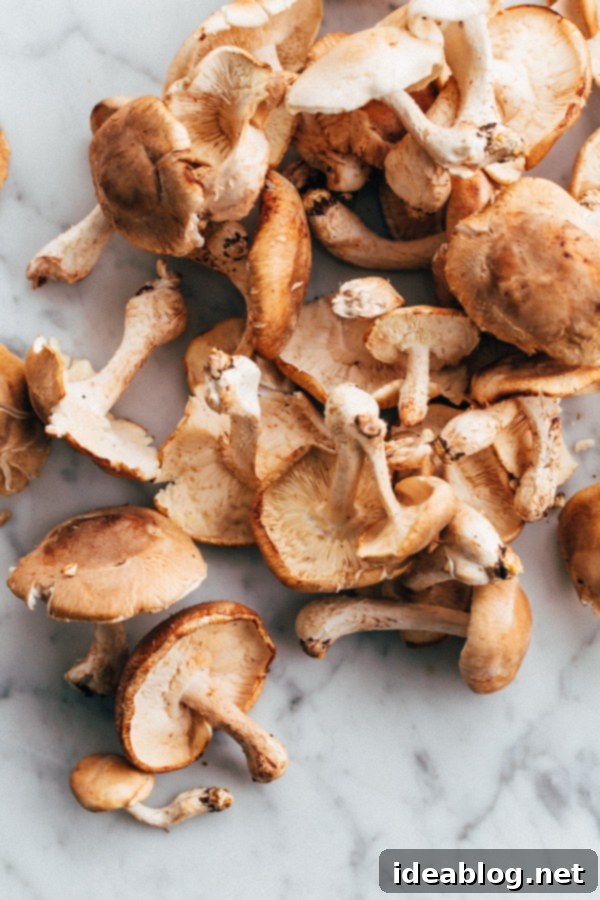
A Unique Approach: Organized by Vegetable
The true genius of this cookbook lies in its innovative organization. Instead of traditional meal categories like ‘breakfast’ or ‘dinner,’ the book is structured entirely by vegetable. Imagine: dedicated chapters for practically every vegetable you can think of – artichokes, cabbage and chicories, cucumber, herbs, peppers, root vegetables, and winter squash, just to name a few. This unique format is incredibly practical and empowering for home cooks.
It allows you to gain immediate meal inspiration from ingredients you already have on hand. For example, if you find a beautiful head of cauliflower in your fridge, you simply turn to the cauliflower chapter, and a world of creative possibilities unfolds. Alternatively, it brilliantly encourages a ‘cook backward’ approach, which is particularly useful for those who enjoy the spontaneity of shopping at farmer’s markets. Jeanine and Jack have infused the entire book with invaluable tips and guides for embracing impromptu cooking, making it a true companion for adventurous and adaptable home chefs.
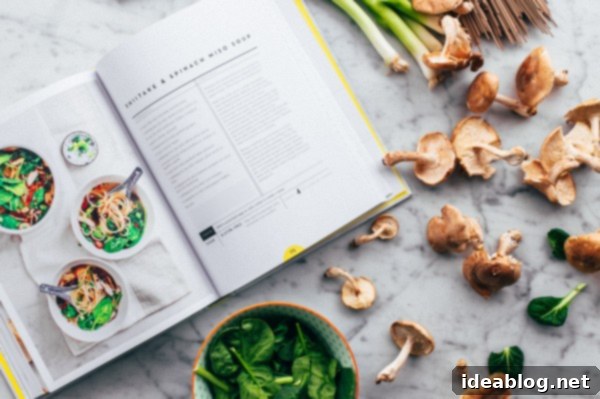
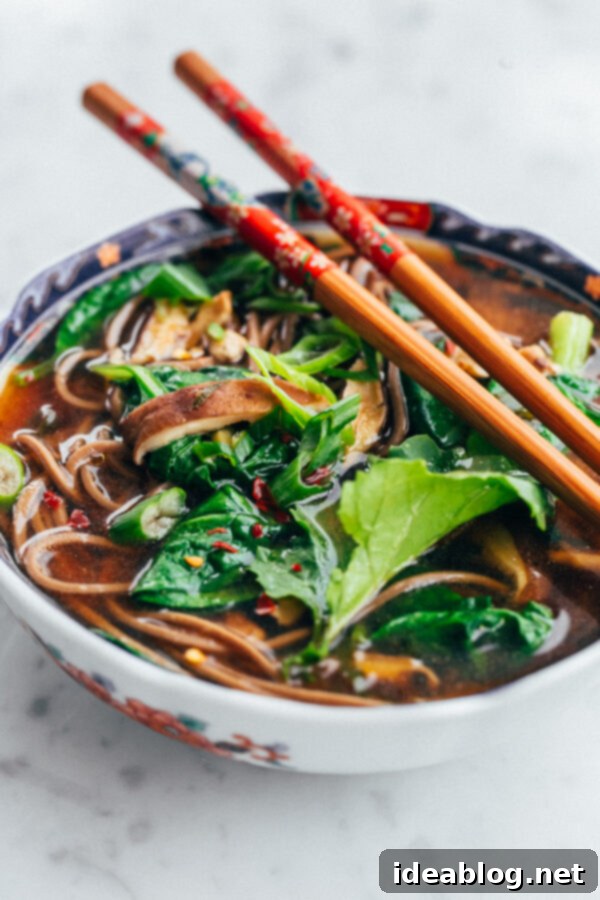
Embracing Intuitive Cooking and the Farmer’s Market Experience
Beyond its smart organization and insightful recipes, the *Love & Lemons Cookbook* is a visual delight. The photography is absolutely stunning, capturing the vibrant essence of fresh produce. The design is immaculate, and the typography adds to its overall charm – it’s truly a beautiful object to behold, inspiring you even before you start cooking. This aesthetic appeal only enhances the joy of cooking from its pages.
One of my personal goals this year is to increase our family’s reliance on Chicago’s local farmer’s markets for our day-to-day ingredients. I’m passionate about supporting local farmers and gaining a tremendous amount of recipe and life inspiration from their dedication and the seasonal bounty they provide. As a food blogger, this approach can sometimes present a challenge, as I typically work with a structured plan for recipe development and require consistent, reliable access to ingredients for rigorous testing over and over again. However, the rewards of shopping locally, connecting with producers, and discovering unique produce are immense and deeply fulfilling.
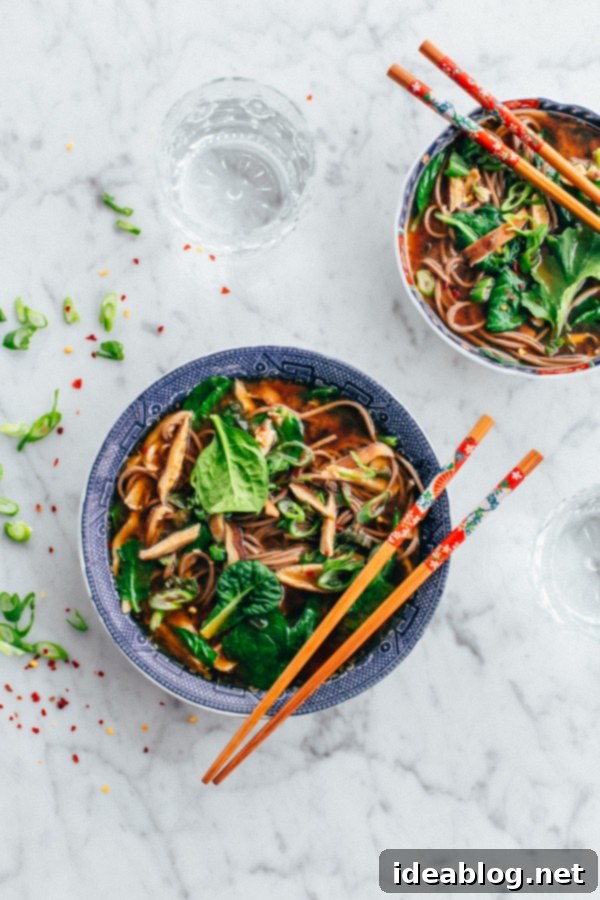
Why Farmer’s Markets Inspire Culinary Creativity
If you’re aspiring to become a more intuitive cook – someone who can adapt and create delicious meals based on what’s available rather than a rigid plan – and I highly recommend exploring resources like these insightful books for culinary improvement – farmer’s markets are an exceptional starting point. They naturally nudge you towards adaptability and creative problem-solving in the kitchen. As any seasoned farmer’s market enthusiast will attest, a rigid, hyper-focused shopping list often doesn’t align with the vibrant, ever-changing market experience. The magic of a farmer’s market lies in its delightful surprises; you don’t want to be so fixated on finding one specific item that you overlook the vibrant, fresh basil, the perfectly ripe tomatoes, or the unique summer squash beckoning from a neighboring stall. It’s about letting the seasonal ingredients guide your culinary journey, fostering a deeper connection to your food.
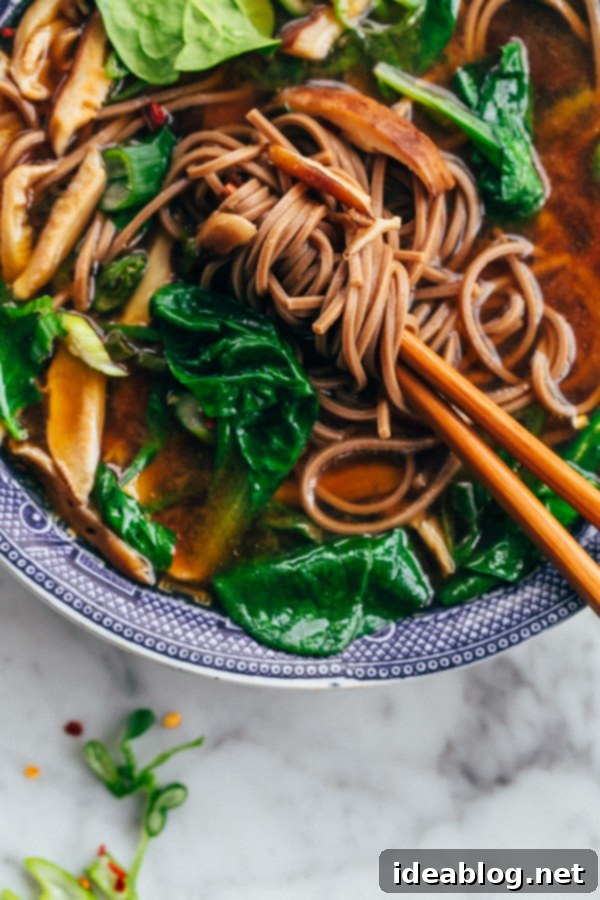
Crafting the Perfect Shiitake and Spinach Miso Soup
Today’s featured recipe, the delicate and flavorful Shiitake and Spinach Miso Soup, is a perfect illustration of this ‘cook backward’ philosophy. It came about because I serendipitously had a surplus of beautiful shiitake mushrooms sitting in my refrigerator – a happy alignment of the stars! My deep affection for mushrooms (I mean, who doesn’t love stuffed portobello mushrooms with crispy goat cheese?) made turning to the mushroom chapter in The Love & Lemons Cookbook an entirely natural decision. It’s always rewarding to let your ingredients inspire your next meal.
As I surveyed my kitchen, I found an abundance of supporting ingredients that are frequently on hand: fresh scallions nestled in my produce drawer, a trusty container of soba noodles in the pantry, a tub of versatile miso paste in my fridge (*remember to check the recipe notes section for more information on miso varieties!), and a generous supply of fresh spinach waiting to be transformed. The remaining components – tamari (or soy sauce), rice vinegar, a touch of red pepper flakes for warmth, minced garlic, and a hint of toasted sesame oil – are all essential pantry staples that I keep stocked at all times, making this a truly accessible and quick meal to prepare.
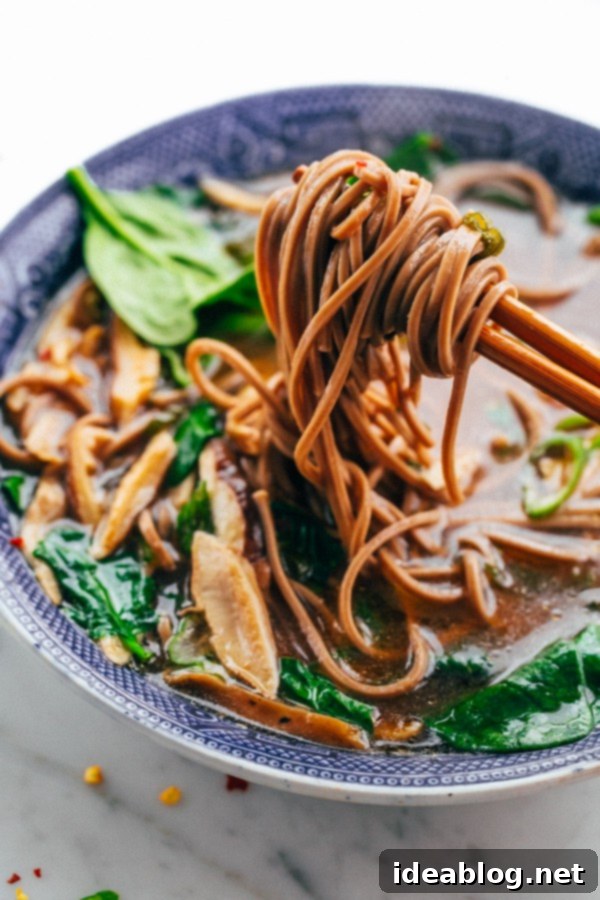
The Versatility and Deliciousness of Miso Soup
This Shiitake and Spinach Miso Soup is a remarkable dish – simultaneously delicate in its subtle, savory flavors yet incredibly satisfying, making it hearty enough to stand alone as a complete meal. As Jeanine wisely suggests, you can easily enhance its substance and nutritional profile by adding various proteins or textures, such as cubed tofu, a perfectly poached egg, tender shredded chicken, or even edamame for an extra boost of protein and vibrant green color. The possibilities for customization are endless.
Miso soup holds a special place among my favorite dishes precisely because of its inherent simplicity and incredible adaptability. It’s a culinary canvas, effortlessly lending itself to countless variations. Feel empowered to personalize this recipe by incorporating different leafy greens like bok choy or kale, exploring other mushroom varieties such as enoki or oyster mushrooms, or adjusting the seasonings to perfectly suit your palate. A dash of chili oil, a sprinkle of toasted nori, or a squeeze of lime can all add wonderful dimensions. Above all, I wholeheartedly encourage you to acquire Jeanine and Jack’s remarkable cookbook – you will absolutely adore its beautiful pages and inspiring recipes!
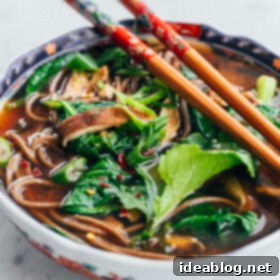
Shiitake and Spinach Miso Soup
Pin
Review
SaveSaved!
Ingredients
- 8 ounces shiitake mushrooms stems discarded and caps sliced
- 1 tablespoon (15 mL) extra virgin olive oil
- ⅓ cup finely chopped scallions 3-4 scallions roughly
- 2 garlic cloves minced
- 2 teaspoons grated ginger
- 5 cups (1.25 L) water
- 3 tablespoons white miso paste see notes
- 4 ounces soba noodles
- 2 cups (2 oz) roughly packed baby spinach
- 1 tablespoon tamari or soy sauce plus more to taste
- ½ teaspoon toasted sesame oil plus more for drizzling
- 1 tablespoon rice vinegar
- ¼ teaspoon dried red pepper flakes
- kosher salt
Instructions
-
Prepare the mushrooms by remove the stems and cleaning with a damp cloth or paper towel. Then slice the mushrooms.
-
Heat the olive oil in a large saucepan over medium heat. Add the mushrooms and a few pinches of salt and stir. Let the mushrooms cook until soft, about 5 minutes, stirring only occasionally. Add the scallions, garlic, and ginger, and cook 1 more minute. Add the water and bring to a low simmer. Scoop some of the simmer water into a small bowl and add the miso paste, stirring until it dissolves, then add it back into the soup pot. Simmer over low heat for 15 minutes.
-
Bring a medium pot of water to a boil. Prepare the noodles according to the instructions on the package (*I prefer to cook them fairly al dente, because they will be going into the hot soup). Drain the noodles and add them to the soup pot, followed by the spinach, tamari (or soy sauce, if using), sesame oil, rice vinegar, and red pepper flakes. Stir until the spinach is wilted. Season to taste with tamarin and a drizzle of toasted sesame oil.
Tips for Success:
- Add a poached egg or tofu cubes to make this soup more substantial and hearty.
- To make gluten free: Use 100% buckwheat soba or brown rice noodles.
- Miso paste can be found in the refrigerated section of your grocery store, usually alongside tofu and other Asian ingredients. It comes in three different varieties: white, yellow, and red miso.
- White miso is the most delicate, as it is fermented for less time and red miso is the strongest and saltiest miso paste available, as it is fermented for the longest time. Yellow and red miso will work in this soup (white is more ideal, but yellow/red is still OK – I actually used red because I had it on hand!), but you will want to reduce the quantity and adjust by taste to ensure you don’t overwhelm the rest of the soup’s ingredients.
Reprinted from The Love & Lemons Cookbook by arrangement with Avery Books, a member of Penguin Group (USA) LLC, A Penguin Random House Company. Copyright © 2016, Jeanine Donofrio. Photographs copyright © 2016 by Jeanine Donofrio and Jack Mathews
